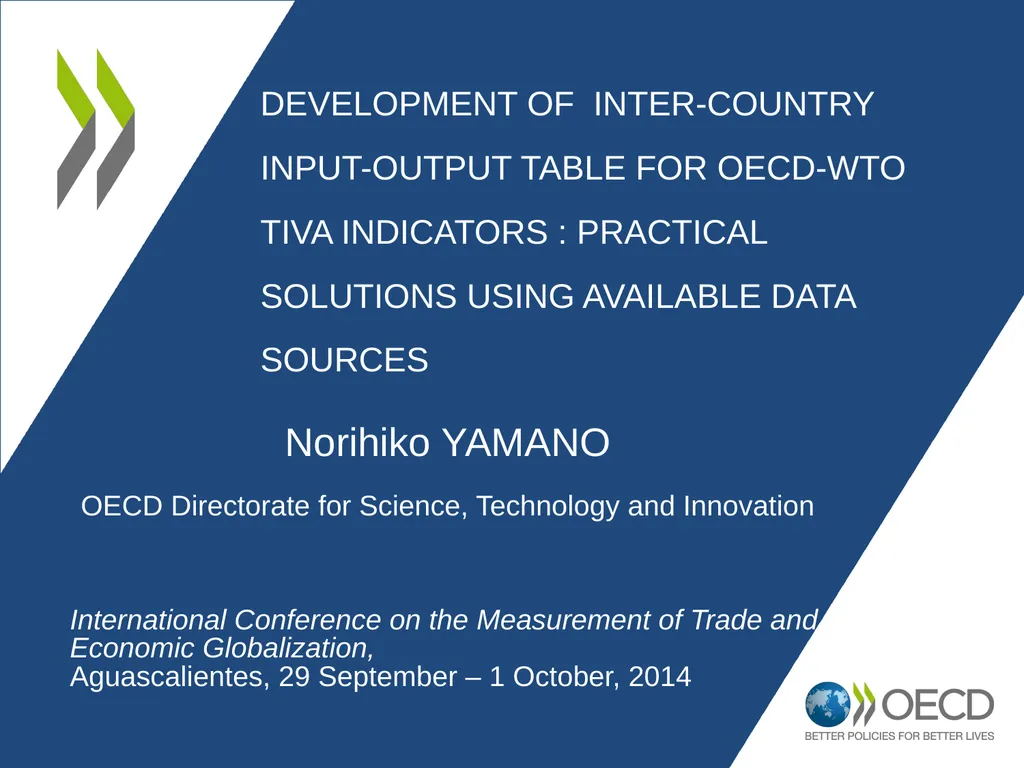
Development of Inter-country Input-Output Table
Author: kittie-lecroy | Published: 2025-05-24
Description: Development of Inter-country Input-Output Table for OECD-WTO TiVA indicators : practical solutions using available data sources Norihiko YAMANO OECD Directorate for Science, Technology and Innovation International Conference on the
Download Presentation
Download the PPT/PDF: Download
Transcript:
Loading transcript…